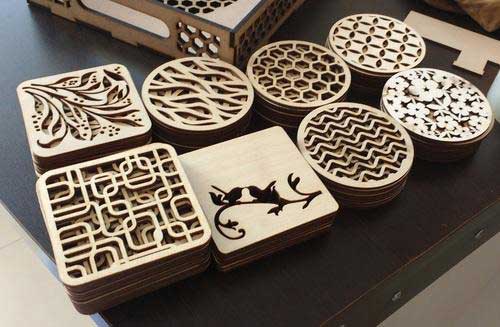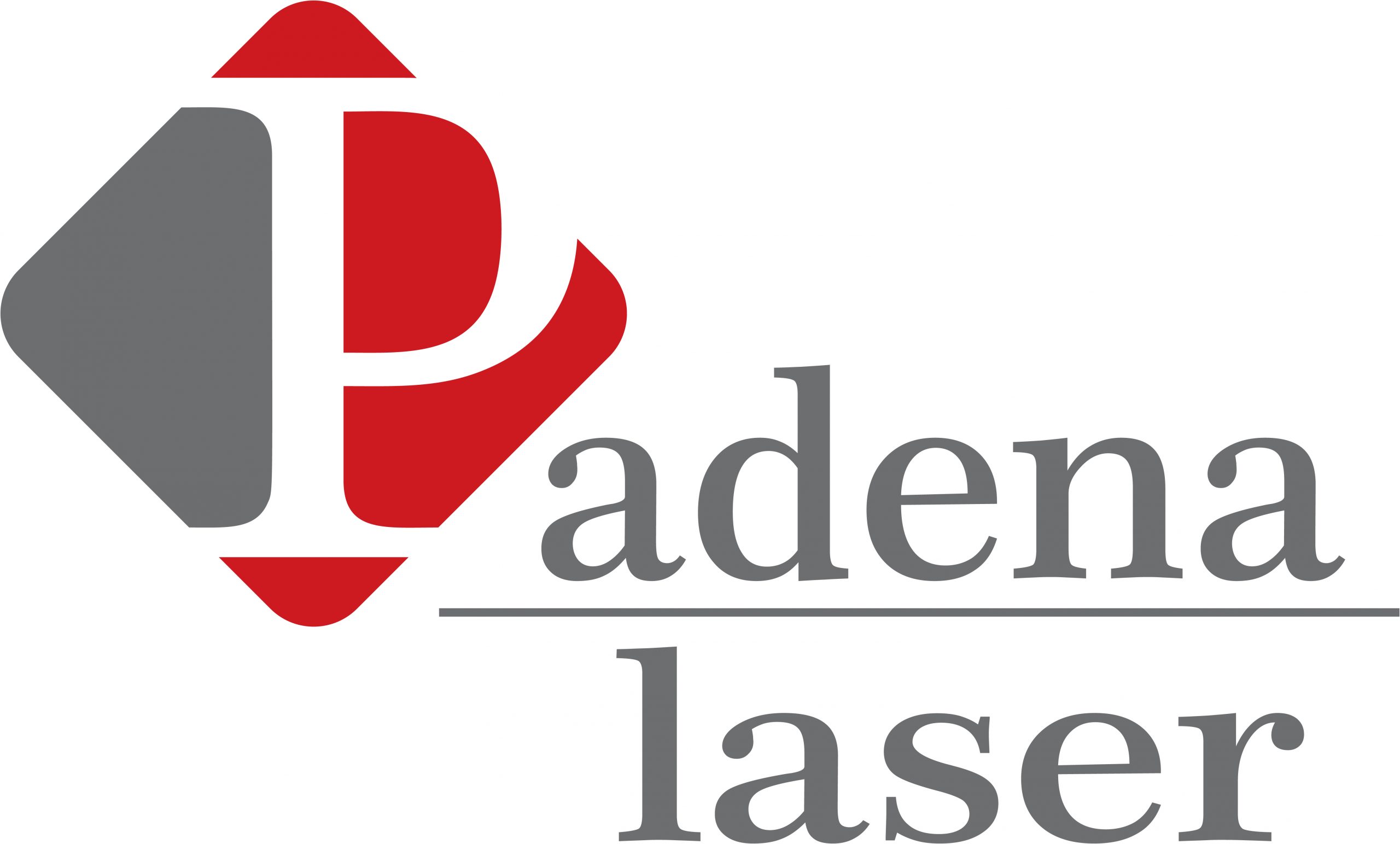Laser cutting is so popular largely because of its versatility. Laser cutters can cut a wide variety of materials – anything from paper, wood, cork, acrylic and foam to different types of metals. Still, there are some materials that would seemingly fit well into this list but should never be cut using a laser cutter. So let’s further explore the possibilities.

Suitable Materials for Laser Cutting
One of the biggest advantages of laser cutting is the ability to cut a wide range of materials. At the same time, you should be aware of the properties of each material. Some of them need extra attention when cutting.
Remember, we are talking only about materials here. But aside from that, tube laser cutting can also tackle a wide range of profiles, from square tubes to open channels.
Different Metals
Laser cutters can cut all types of metals, from mild steel to stainless and also non-ferrous metals. More reflective metals like aluminium are more difficult to cut. In those instances, fibre lasers are the better option.
The thickness of the metal can be anywhere up to 30 mm. The maximum thickness, however, depends on the laser cutting service. It varies based on the power of the laser as well as the expertise of the machine operator.
Wood

Different types of wood, including plywood and MDF, are suitable for cutting. You should, however, be aware of oils or resin, as they pose a threat of catching fire.
Paper

Yes, also suitable for laser cutting. That’s exactly how the popular intricate wedding invitations are made.
Plastics
Acrylic, PMMA and Lucite are all see-through plastics. All of them also leave a great finish when laser cut. The edges are melted in a way that they seem polished.
POM
Another plastic laser cutters can cut. POM is a highly utilised plastic in the engineering sector, finding usage in gears, guiding and sliding elements, medical instruments, food packaging, etc.
The ability to perform complex cuts with lasers definitely contributes to POM’s variety of use-cases.
Glass
Laser cutting glass is a seemingly impossible task because of the fragile and reflective properties of it. However, laser cutters can cut glass.
The reflectiveness of glass poses requirements to the power of your laser cutting equipment. Also, the cutter must have a cooling system. Only then can the machine operator have full control over the direction of the fracture at every step, resulting in a good finish.
Materials You Should Not Try to Cut
Although it seems like lasers can cut pretty much anything, there are some limitations. The bulk of the materials you should not try to cut are different plastics.
PVC
Cutting polyvinyl chloride results in the emission of acids and toxic fumes. These are harmful to both the operator of the machine but also the laser cutter itself as they can be a source of corrosion. Therefore, PVC cutting should be left for mechanical methods instead.



 فارسی
فارسی